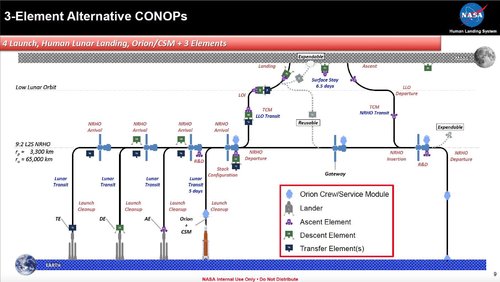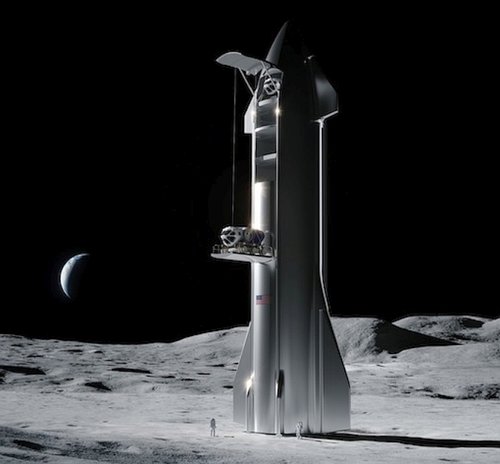MOUNTAIN VIEW, Calif. — NASA withdrew without explanation last week a task order for its commercial lunar lander services program, frustrating many of the companies involved.
According to several industry sources, NASA withdrew late Jan. 31 a task order designated 19C for the Commercial Lunar Payload Services (CLPS) program. The task orders serve as requests for proposal for those companies who have CLPS contracts, inviting them to submit bids for carrying out the missions defined in the task order using their landers.
The task order had been issued about a week earlier, with a short turnaround time, according those industry sources. NASA provided no explanation for withdrawing the task order and has not provided any follow-up communications with the companies. A NASA spokesperson, contacted by SpaceNews Feb. 2 about the task order, promised to look into it but has not yet provided any further information.
The sudden withdrawal of the task order, and lack of details, has puzzled CLPS companies. “Frustratingly nothing,” said an executive with one company, speaking on background, on the lack of information.
In a Feb. 5 interview during the SmallSat Symposium here, Seamus Tuohy, principal director of space systems at Draper, one of the CLPS companies, also said he had not been informed why NASA withdrew the task order. “Whatever it is, the NASA CLPS team has been very open with us and the other contractors, so I do expect we’ll get some explanation,” he said. He added he appreciated that NASA did notify the companies as soon as decided to pull the task order, so they could stop preparing, and spending money on, their proposals.
The 19C task order covered a smaller lunar lander mission, similar to t
he awards NASA made in May 2019 to Astrobotic and Intuitive Machines for carrying a suite of NASA-selected payloads to the lunar surface. The agency said last month it decided to go ahead with that task order after
electing to postpone one for launching the Volatiles Investigating Polar Exploration Rover, or VIPER. That mission would have required a larger lander, ruling out some of the CLPS companies.
The CLPS program was included in a NASA authorization bill introduced in the House Jan. 24. One section of the bill formally authorizes the program, requires NASA payloads flown on such missions that aren’t science payloads be funded by the directorate responsible for them, and calls for a report on the status of the program and any challenges it faces no more than three years after the bill’s enactment.
That section also sets requirements for domestic sourcing of lunar landers. NASA, the bill states, “shall procure the services of commercial landers that are majority-designed, majority-developed, and majority-built in the United States.” That’s similar to language in a report accompanying a Senate appropriations bill for fiscal year 2020 that “expects NASA to provide funding under this program only for lunar landers and rovers majority-designed, developed, and built in the United States.”
Such language has raised questions about some of the CLPS companies that are partnered with foreign companies or organizations. Draper is one such case, working with Japanese company ispace on the lander design, although the lander itself will be built in the United States.
Tuohy said he believed Draper’s approach complied with that language. “The design part I’m not that concerned about,” he said, because Draper modifies the ispace lander design to meet mission needs. “Every time you bid on a mission you are customizing it for that mission.”
‘We’re still very excited about CLPS. We’re not deterred,” he said. “We still think we’ve got a really good design and a good team, and we hope to make another go of it.”











